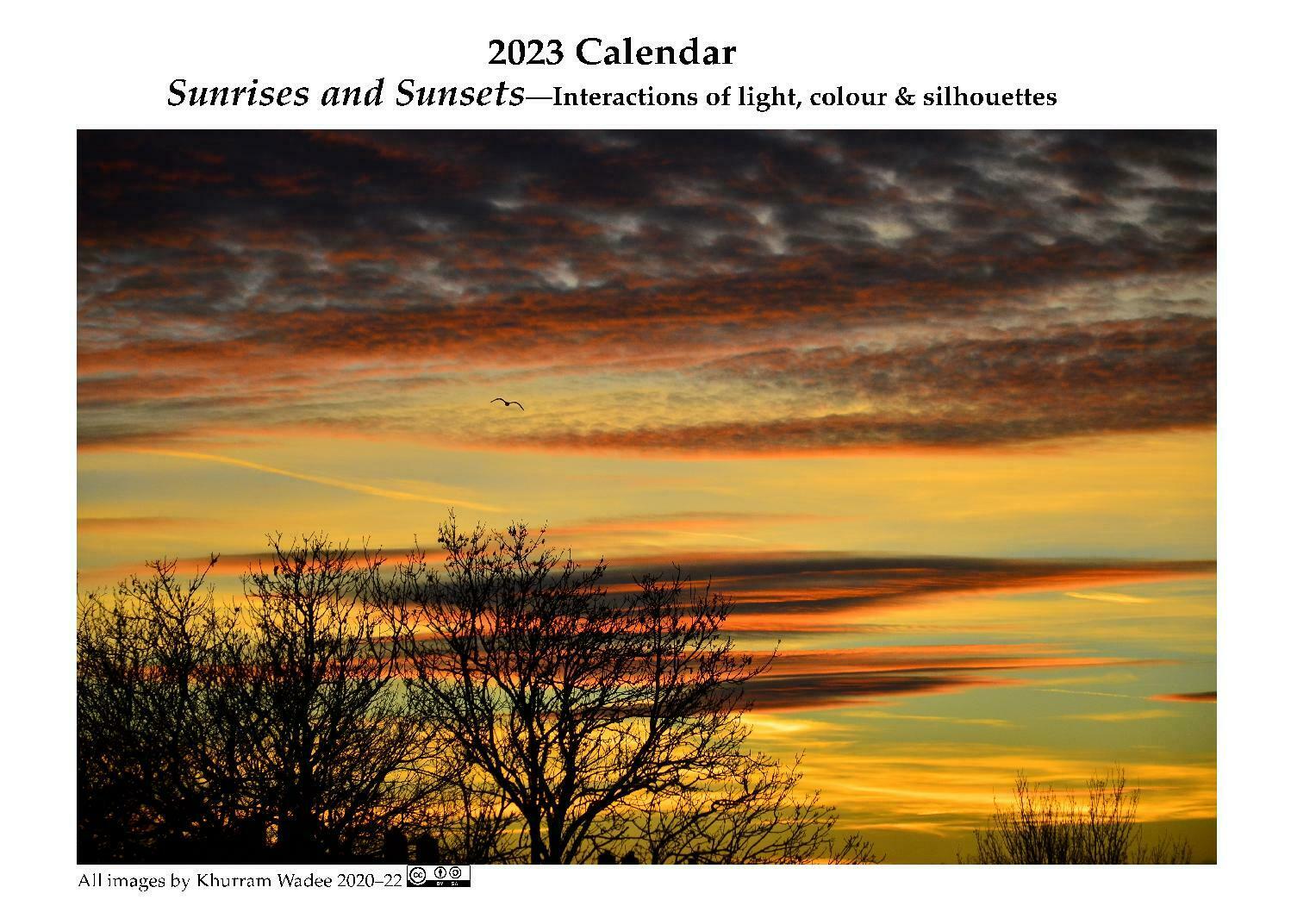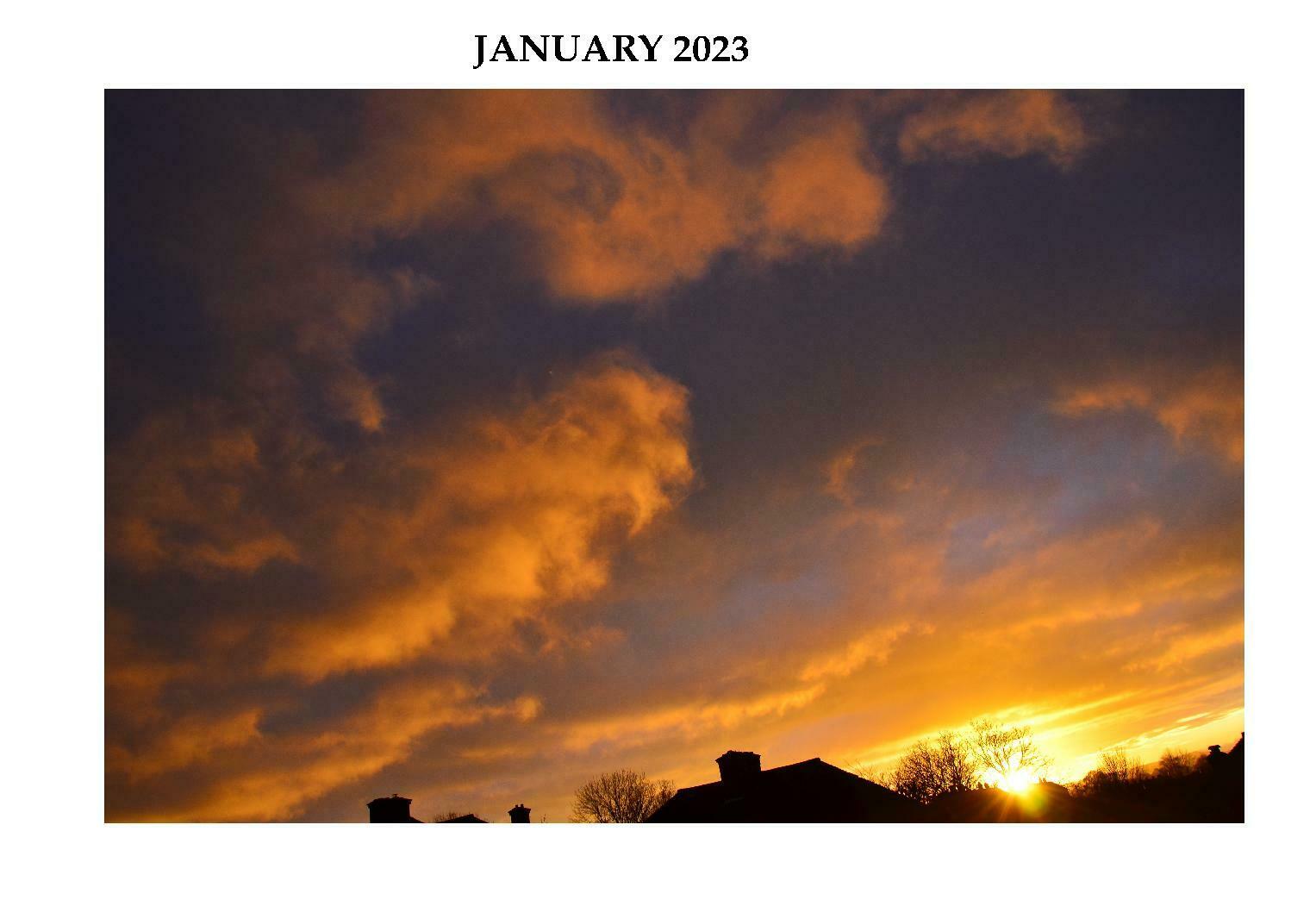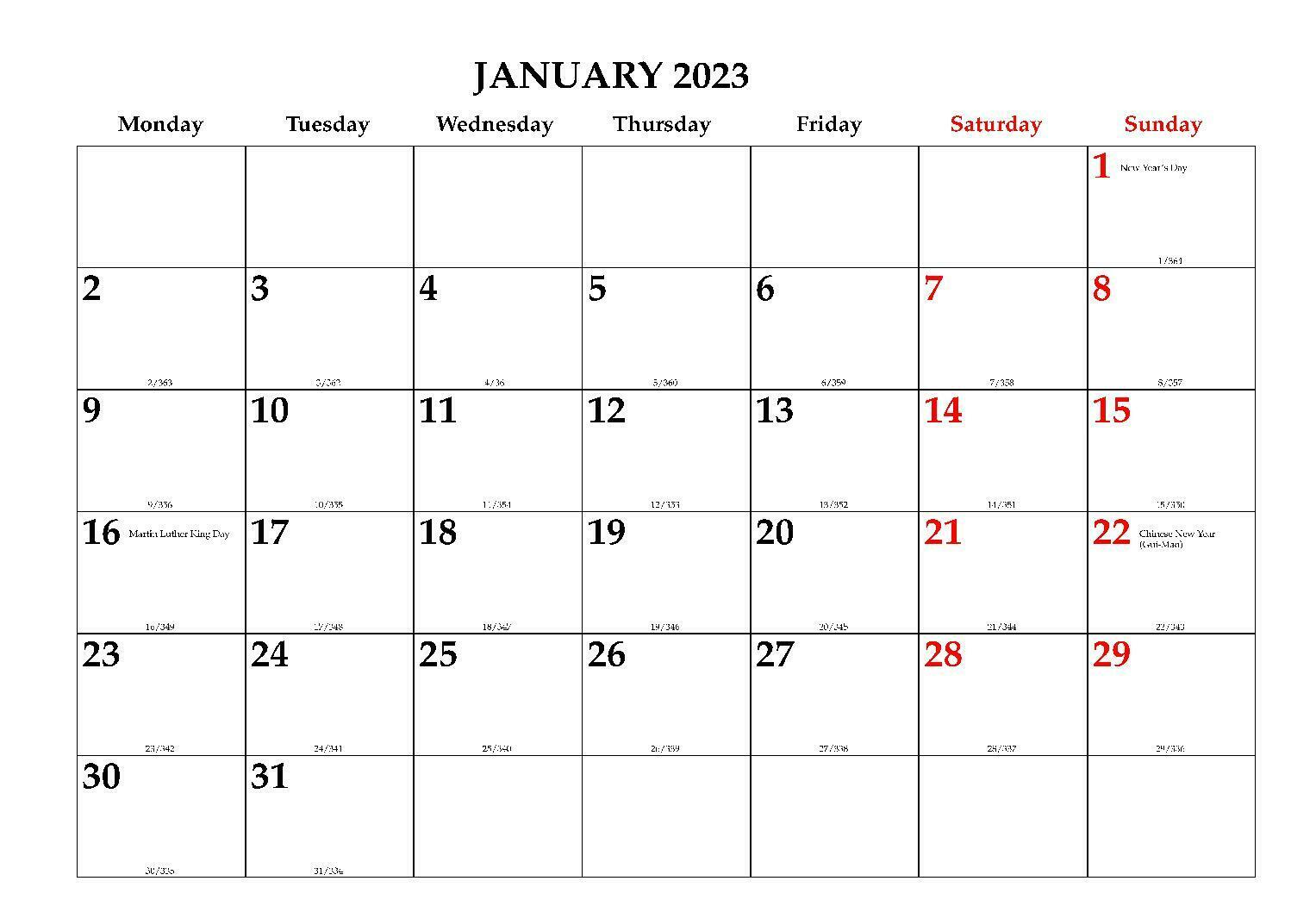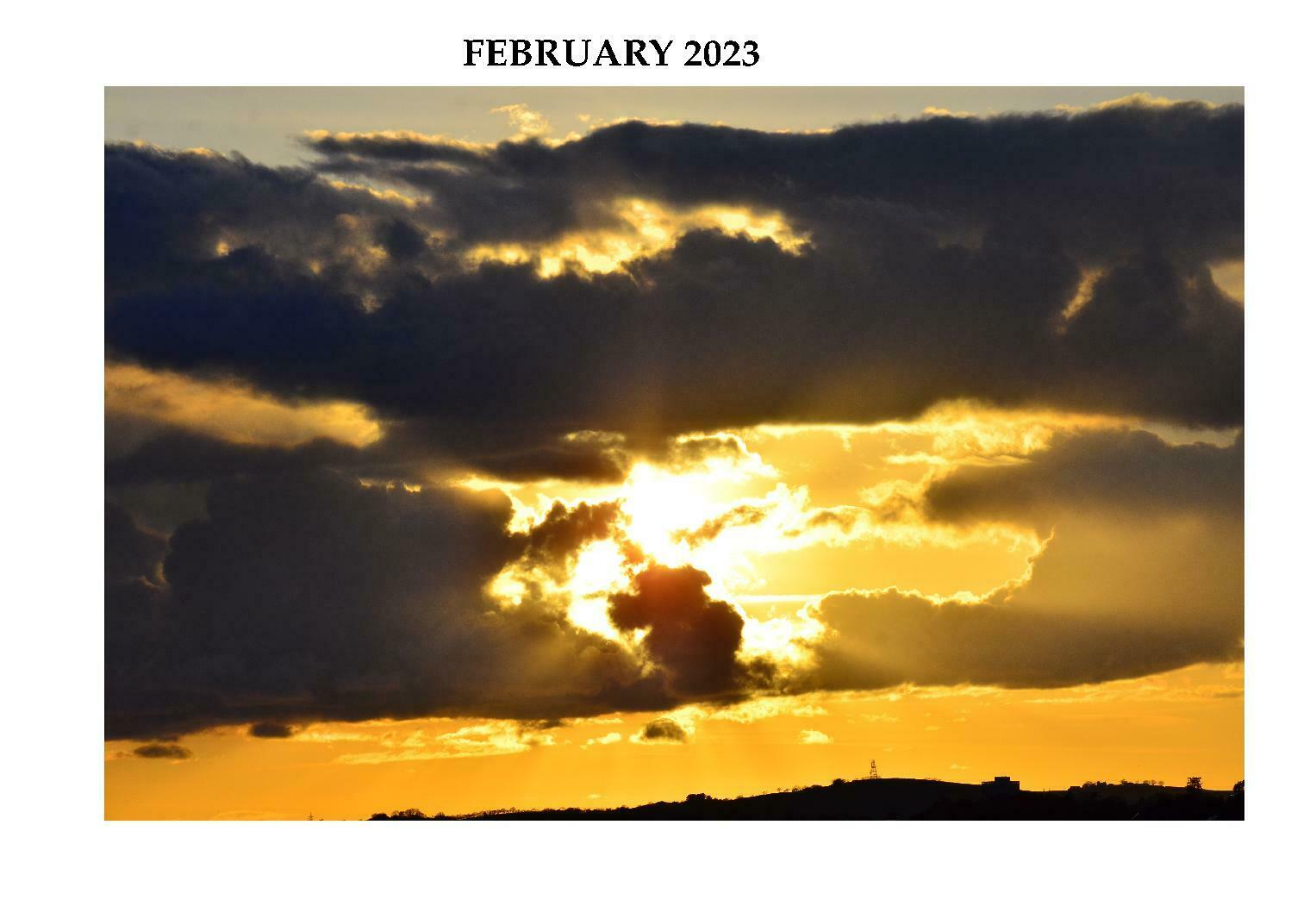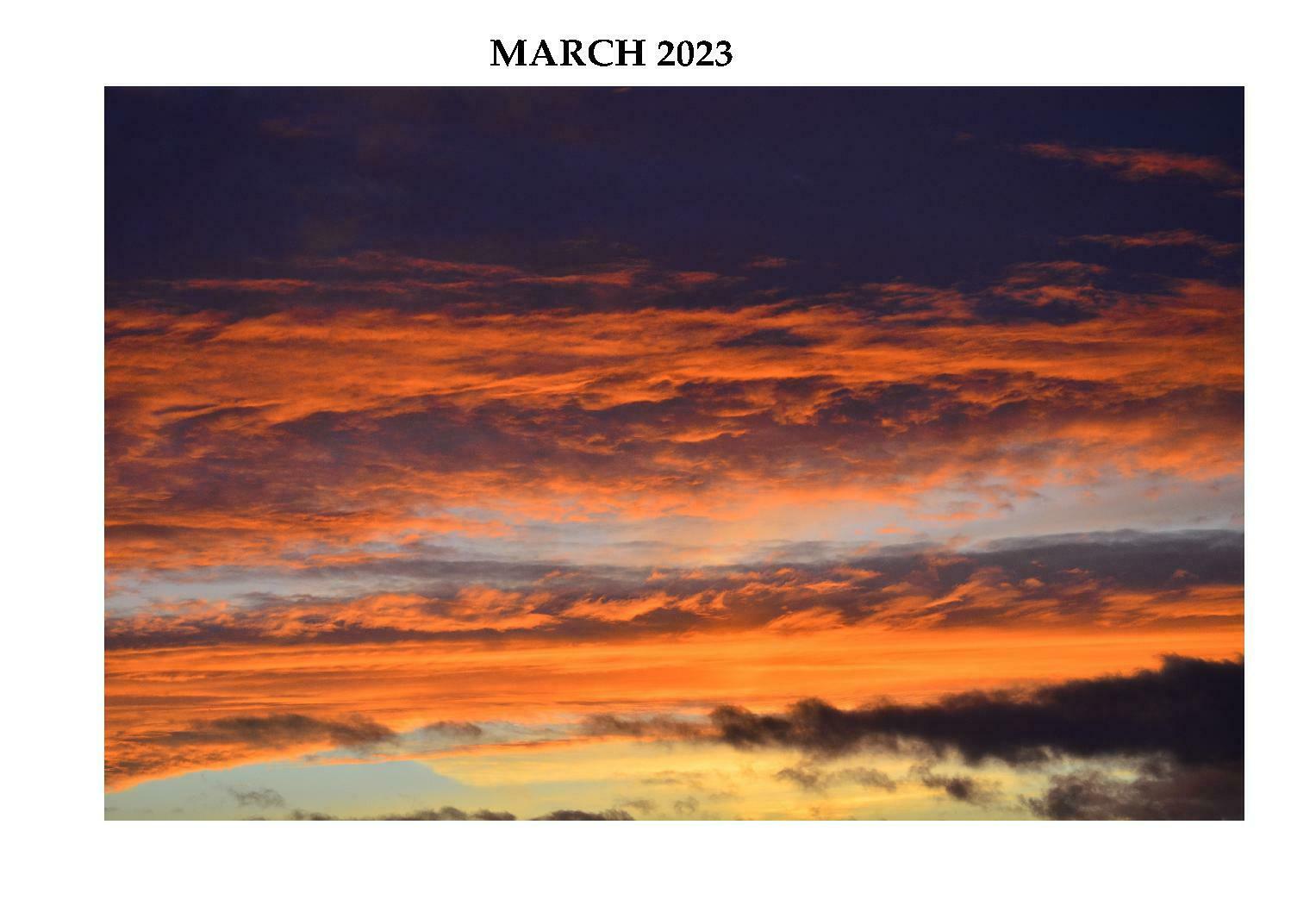It may be a bit soon but I've produced a #calendar for #2025. Unlike previous editions, which featured some of my photographs, this one contains #illustrations to do with #mathematics, #geometry, #physics and #engineering applications.
2 Likes
It may be a bit soon but I've produced a #calendar for #2025. Unlike previous editions, which featured some of my photographs, this one contains #illustrations to do with #mathematics, #geometry, #physics and #engineering applications.
https://youtube.com/watch?v=kr0X4mEFmDE
#BlueEagle Wavespell Report | #Mayan #Dreamspell #Calendar
Blue Eagle Wavespell Report | Mayan Dreamspell Calendar ★☾
https://www.youtube.com/watch?v=WEHAC5WqYj8
a lost teaching to higher consciousness and an #ancient #calendar described in a #Vedic document called the Law of #Manu
Today is Pistachio, the 26th of Brumaire of the year 232.
[revolutionary calendar]
#calendar #revolution
It's that time of the #year where I make a #calendar for the next one. I decided the theme for next year would be #pollinators. All #photographs are by me and were taken either in our front or back #garden. I suggest you print the pages double-sided and comb bind them so that you can hang it up. Hope you like the pictures. You don't? Well never mind, you can print out just the months instead.

You can download the calendar here: https://drive.google.com/file/d/1CxmS099Xw0LbO29Ocvy6NLOP5zL9HbSX/view?usp=drive_link
Here are some reduced-resolution preview images.
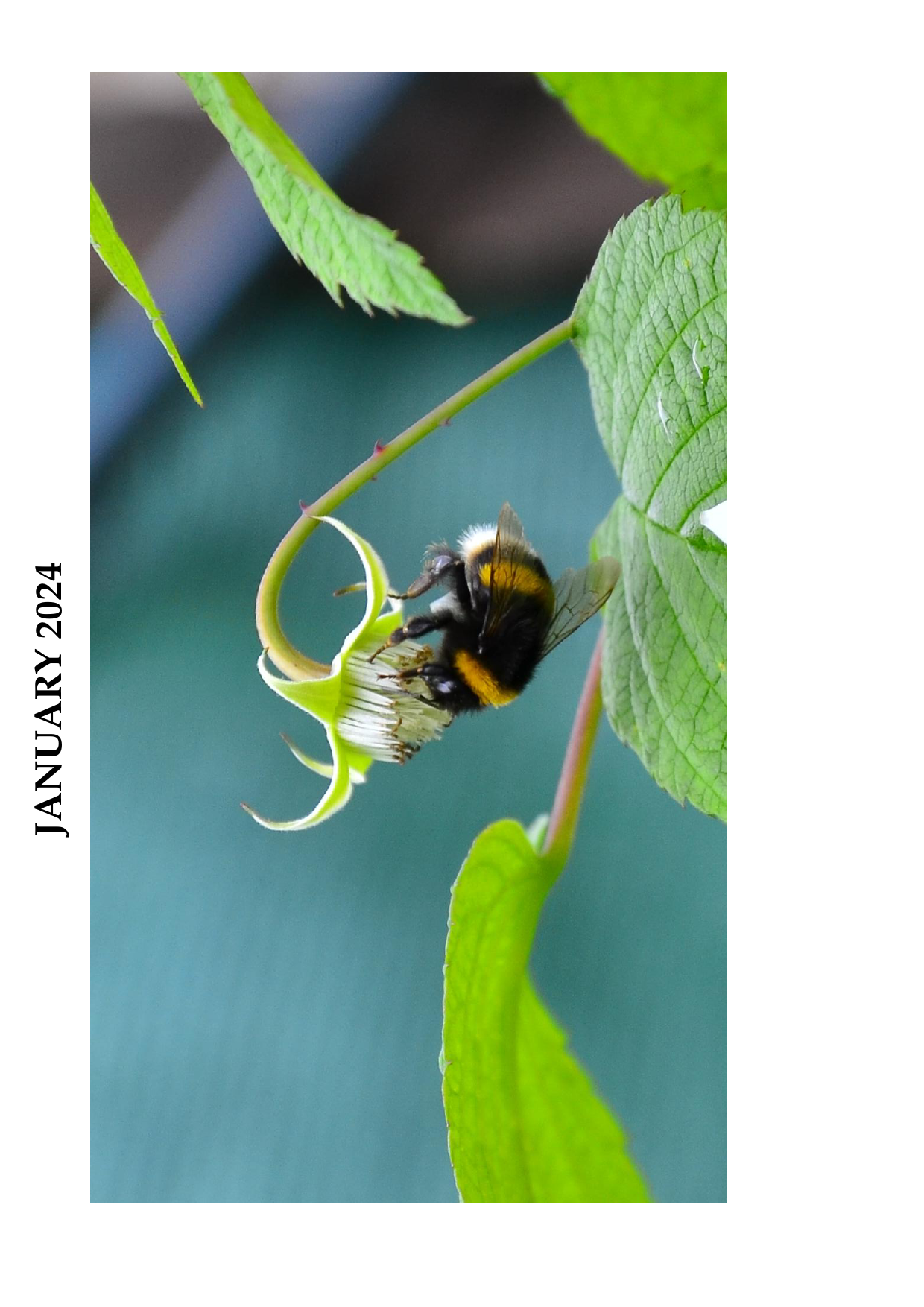
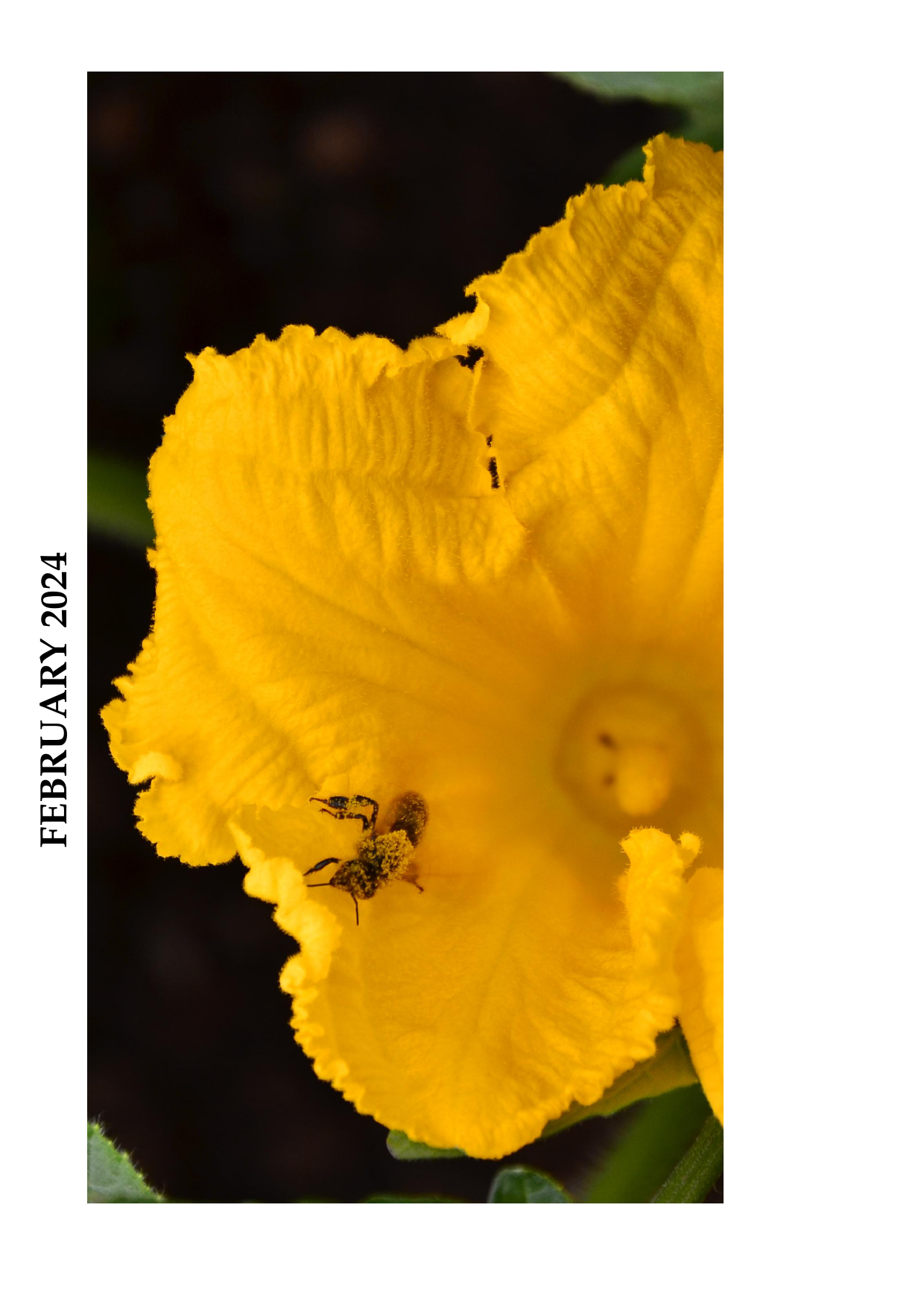

#MyWork #MyPhoto #CCBYSA #DSLR #Nikon #D7000 #Horticulture #Insects #2024 #Cal24
The coming new era on our planet has everything to do with a change of timing #frequency The 13 Moon-28-day calendar is a simple tool that helps us to raise our frequency and gives us a new lens to view both our day-to-day and #planetary events.
Because both the Gregorian and 13 Moon calendars operate with 52 seven-day weeks annually (364 days), the 13 Moon calendar provides a perfect daily transition tool for hooking back up with the higher-dimensional order! It is simple to follow day-to-day as it is marked with the dates of the Gregorian calendar

The following image is a real favourite featuring the women’s athletics team. It was shot early one morning at the #University #Athletics track. The weather provided the mood and the girls braved the cold! (Mike Thornton)
BEHIND THE SCENES – CAMBRIDGE BLUES NAKED CALENDAR 2021
photographer: Mike Thornton
#student #athletes #Cambridge #university #2021 #naked #calendar #makingof

#student #athletes #Cambridge #university #pose #naked #calendar
photographer: Andrew Wilkinson
month: June
#ANTIQUITECH & THE #PHOENIX #CALENDAR WITH MARTIN LIEDTKE & JASON BRESHEARS

https://www.bitchute.com/video/WyGsTzxf55Dz/
https://www.popularmechanics.com/science/archaeology/a43645858/how-the-mayan-calendar-works/
Scientists Finally Solved the Mystery of #How the #Mayan #Calendar #Works
The Mayan calendar's 819-day cycle has confounded scholars for decades, but new research shows how it matches up to planetary cycles over a 45-year span. That's a much broader view of the tricky calendar than anyone previously tried to take.
In a study published in the journal Ancient Mesoamerica, two Tulane University scholars highlighted how researchers never could quite explain the 819-day count calendar until they broadened their view.
"Although prior research has sought to show planetary connections for the 819-day count, its four-part, color-directional scheme is too short to fit well with the synodic periods of visible planets," the study authors write.
"By increasing the calendar length to 20 periods of 819-days a pattern emerges in which the synodic periods of all the visible planets commensurate with station points in the larger 819-day calendar."
That means the Mayans took a 45-year view of planetary alignment and coded it into a calendar that has left modern scholars scratching their heads in wonder.
While ancient Mayan culture offered various calendar types, the one that baffled scholars the most was this 819-day calendar discovered in glyphic texts. Researchers have long believed this calendar was associated with planetary movements, especially the synodic periods — when a planet appears visually to return to the same location in the sky, as seen from Earth — of key planets. However, each planet moves quite differently and matching up multiple planets into an 819-day span didn't seem to make sense.
But it does when you look at it over 16,380 days (roughly 45 years), not just 819 days. That's a total of 20 x 819-day timelines.
#Mercury was always the starting point for the tricky timeline because its synodic period — 117 days — matches nicely into 819. From there, though, we need to start extrapolating out the 819 number, and if you chart 20 cycles of 819 days, you can fit every key planet into the mix.
And #Mars may be the kicker for the overall length. With a 780-day synodic period, 21 periods match exactly to 16,380, or 20 cycles of 819 days. #Venus needs seven periods to match five 819-day counts, #Saturn has 13 periods to fit with six 819-day counts, and #Jupiter 39 periods to hit 19 x 819-counts.
"Rather than limit their focus to any one planet," the authors write,
"the #Maya #astronomers who created the 819-day count envisioned it as a larger calendar system that could be used for predictions of all the visible planet's synod periods, as well as commensuration points with their cycles in the Tzolk'in and Calendar Round."
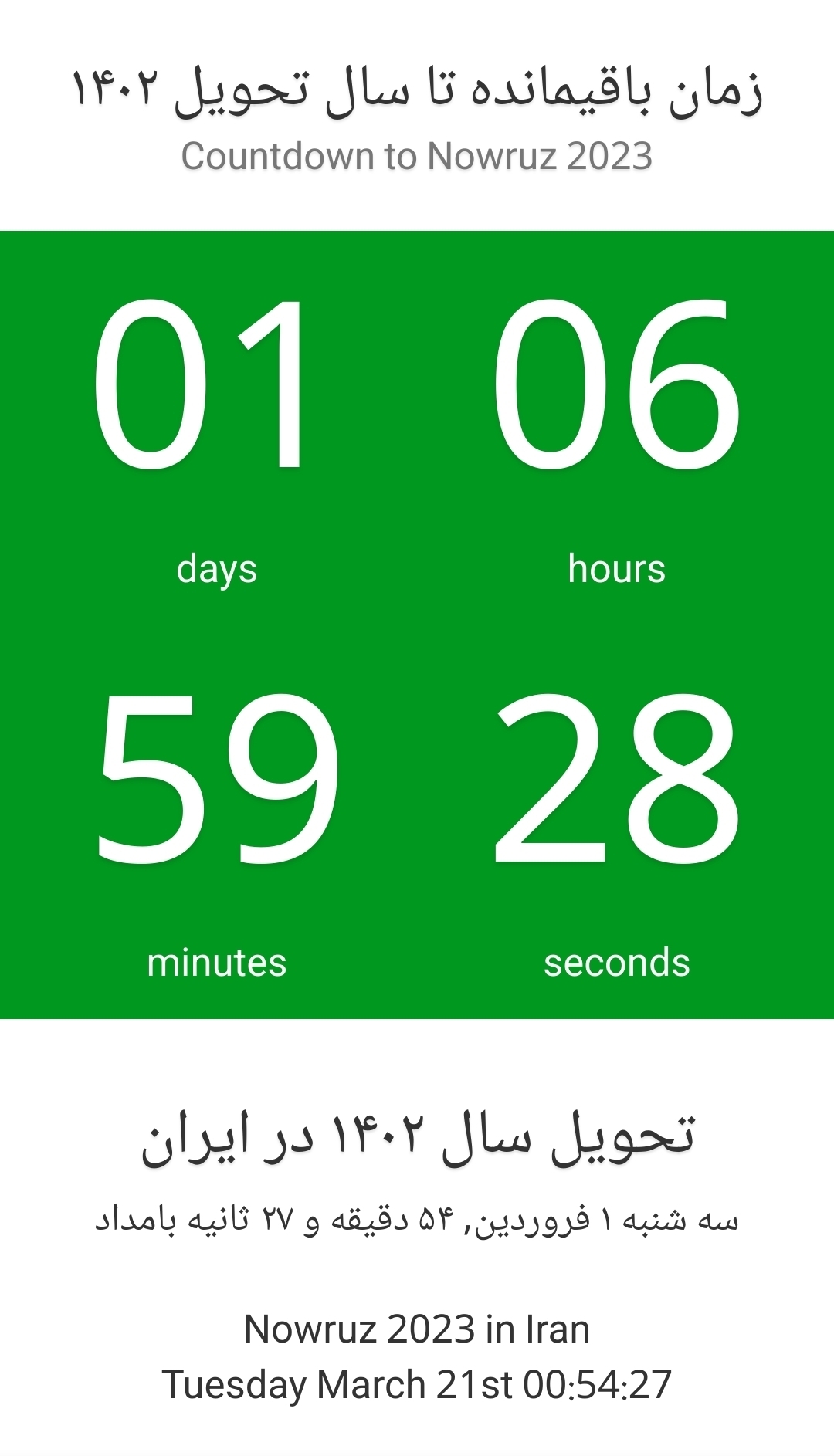
Iranian mathematician, astrologist and poet, Omar #Khayyam, calculated the exact rotation of the earth around the sun in early 12rh century.
His calculations led to the creation of the Jalali calendar, name after the Jalaloddin the king of the time who was very interested in science, astronomy and poetry. His calculations found that a full year is 365.2424 days and not just 365 days as previously believed.
The calculation ledld to creation of #Persian (Jalali) calendar that consist of 6 months of 31 days, followed by 5 months of 30 days and the last month can be 29 or 30 days depending on the moment of sal-tahvil being on the morning or afternoon (most people use the #Jalali #calendar without knowing it when they read their #horoscopes every day).
His work fixed the almost 4000 year old solar calendar who lacked leap years and was causing problem for those following it (the parsi community in India still using the old calendar and celebrate #Norooz a day wrong every year leading to their Norooz celebration being held in summer of fall as years go by).
Khayyam's calculation was about 4 seconds off that was later corrected in 16th century to adjust the sal-tahvil or the break of the new year that is based on the exact time of city of Shiraz rotating an exact year around the sun.
As a tradition, Iranians all over the world, as well as Afghans, Turkmenistan, tajiks, Kurds and others who celebrate Norooz follow the same exact date and time no matter where in the world they love.
Here is the countdown to the Norooz of 2023
https://www.taghvim.com/norooz/
PS. There are many who doubt that Khayyam was the source of the calculation of Jalali calendar and there has been many heated debates about the subject.
#Iran #NewYear #Spring #Asrronomy #Tradition #History #Mathematics
Just because there's no snow in the tropics doesn't mean you can't get a slightly christmassy atmosphere here in #Taiwan. Just in time I completed the #Advent #Calendar for our department, but sadly with less content variety than I would have liked.
I can however not deny a general decline in certain skills among our students, one of them being counting/numerals/numbers. For example when I gave my first homework to current third-year students, the task was to write one sentence containing a number of specific grammatical features. Instead of one sentence, many gave me more, up to five sentences.
So I wasn't too surprised to find that students had opened the sachet with "11" on the first day of December. Numbers aren't that easy...
#myphoto
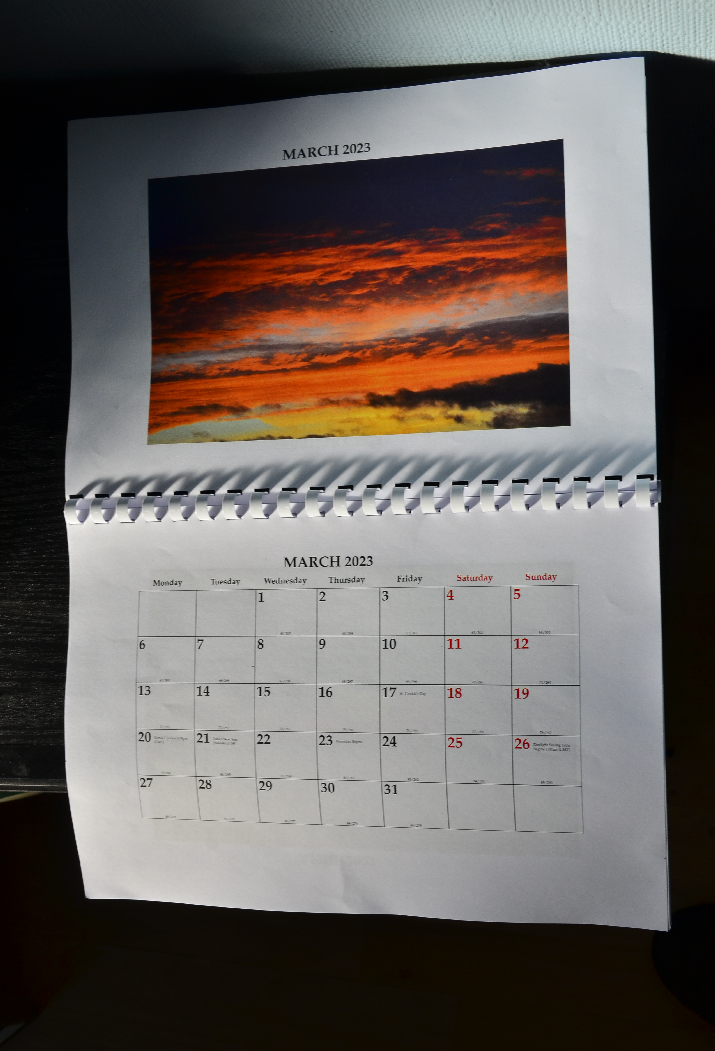
I printed out my #calendar for #2023. It has come out pretty well. If you're interested in a copy or just to see what the rest of it looks like, you can download the #PDF file from https://drive.google.com/file/d/17Eq7WeC7NVF8-MkDnXFW6ZMdHZQLwCuA
The theme is #sunsets and #sunrises. I posted a preview of the whole calendar nearly three weeks ago.
♲ Khurram Wadee - 2022-11-04 11:56:53 GMT
I've produced a #calendar for #2023 featuring some of the images that I've also posted here from time to time of #sunrises and #sunsets. You can download the full resolution #PDF file from the link below.
https://drive.google.com/file/d/17Eq7WeC7NVF8-MkDnXFW6ZMdHZQLwCuAI present here some lower-resolution sample images.
The calendar itself was produced by and extracted from #Emacs which can output into #LaTeX.
I've produced a #calendar for #2023 featuring some of the images that I've also posted here from time to time of #sunrises and #sunsets. You can download the full resolution #PDF file from the link below.
https://drive.google.com/file/d/17Eq7WeC7NVF8-MkDnXFW6ZMdHZQLwCuA
I present here some lower-resolution sample images.
The calendar itself was produced by and extracted from #Emacs which can output into #LaTeX.
